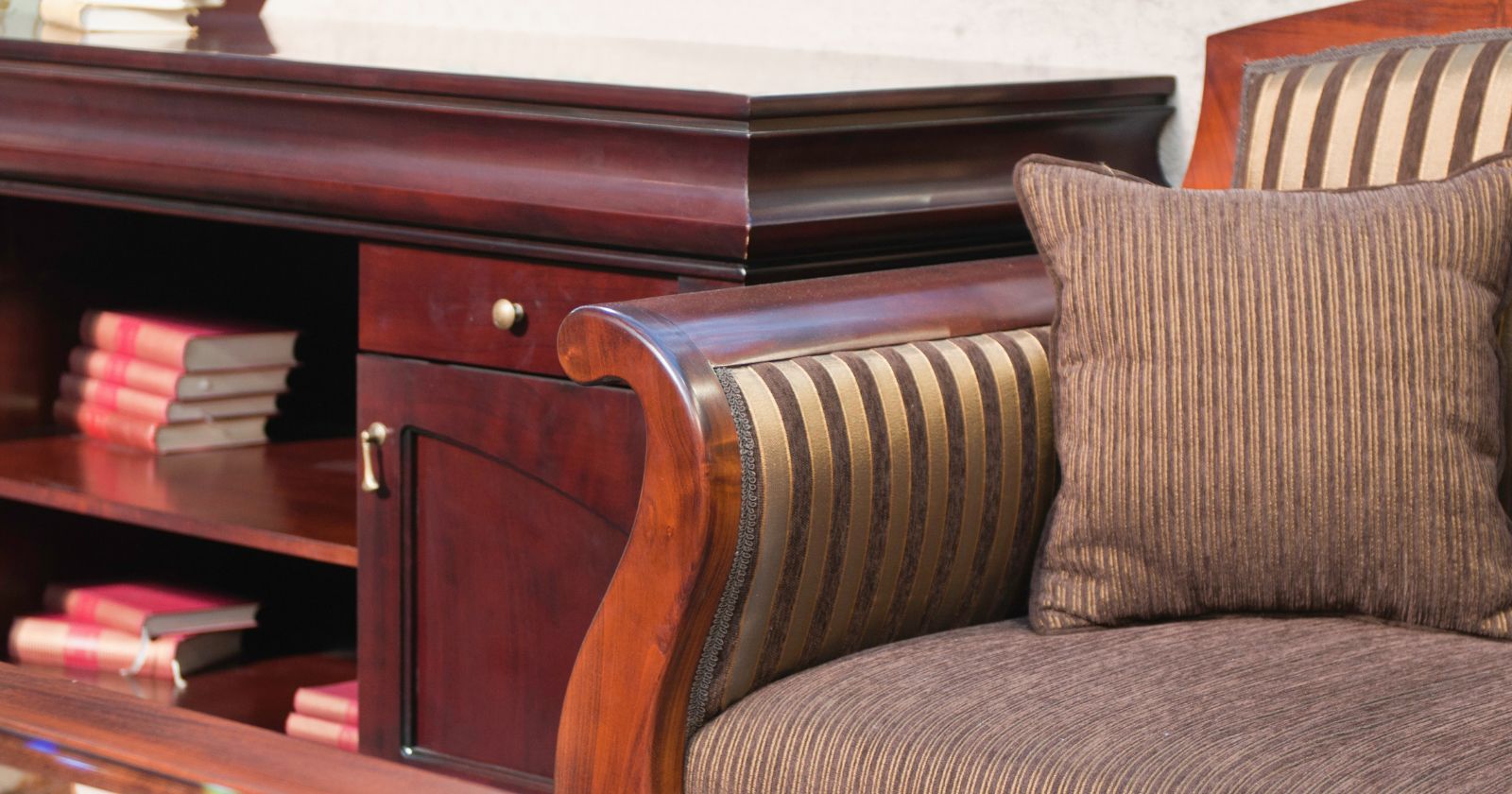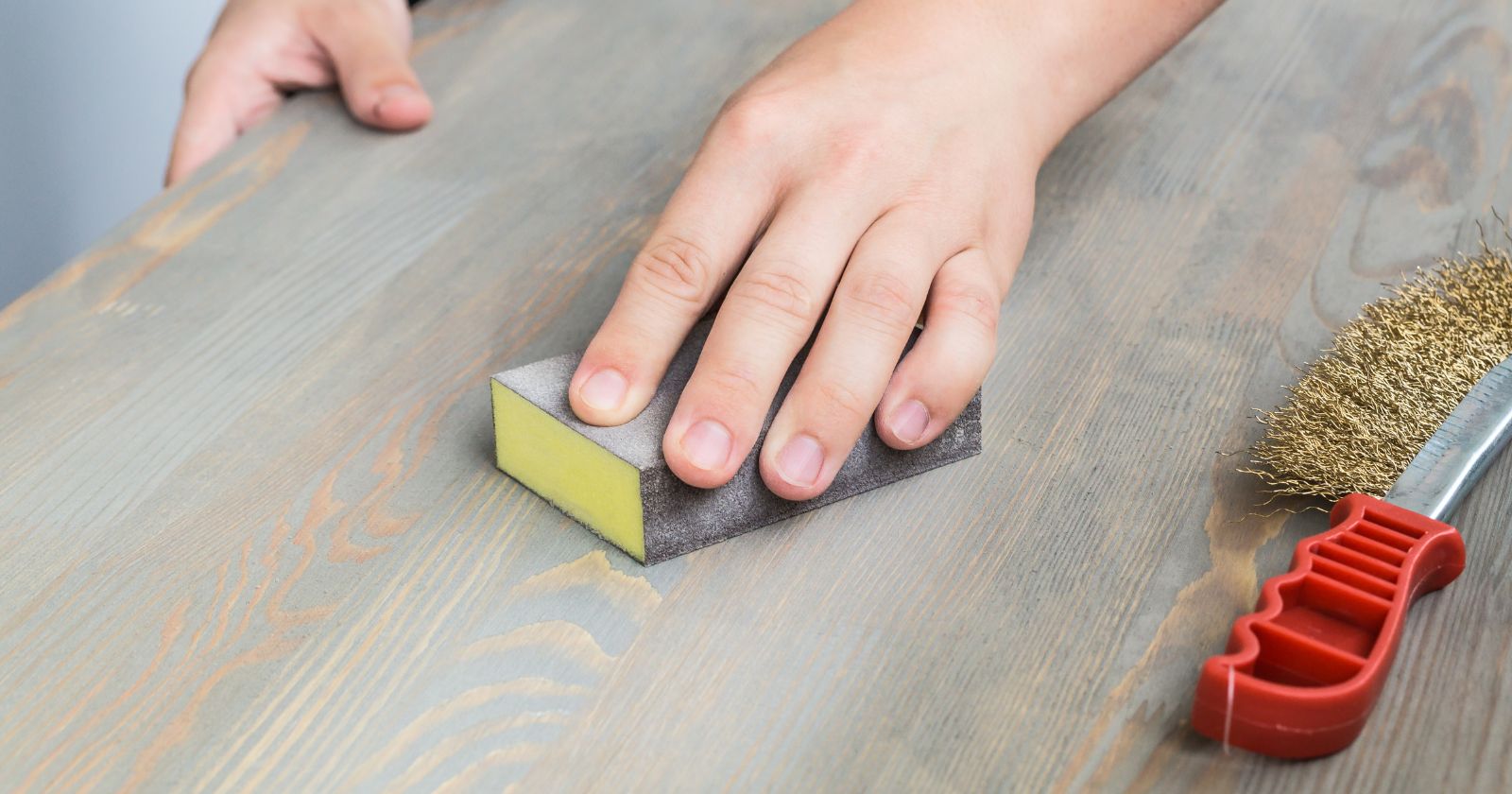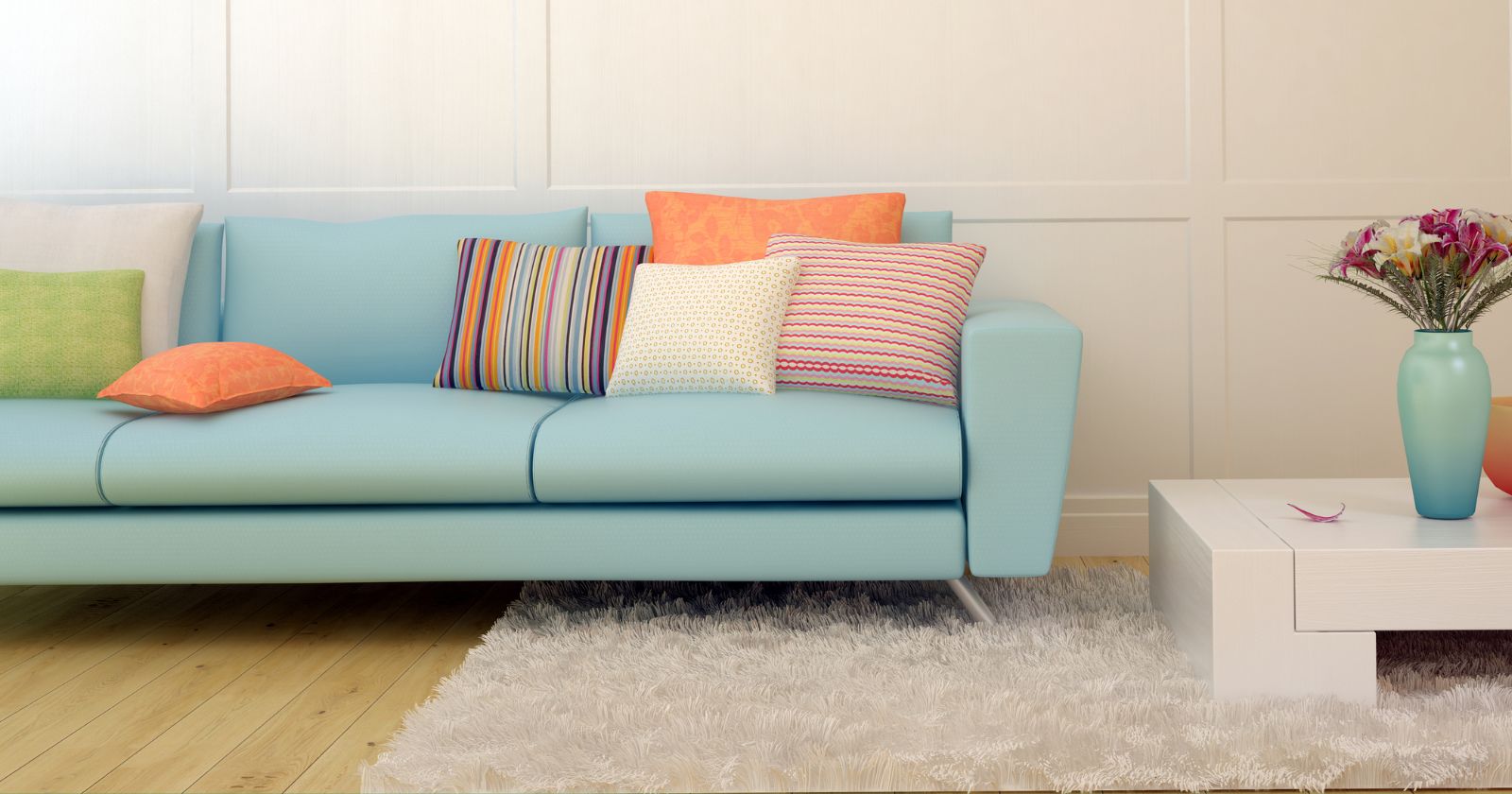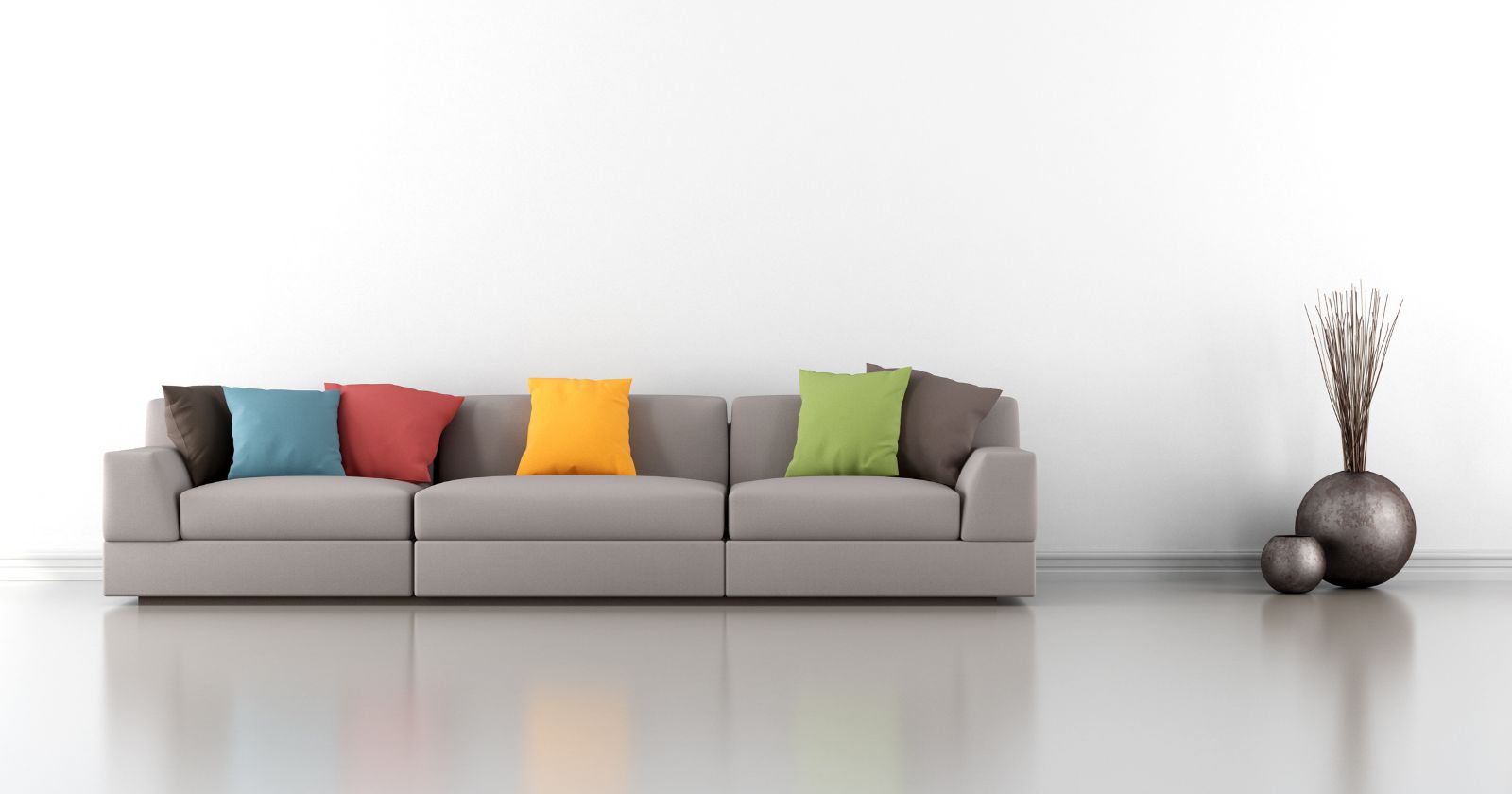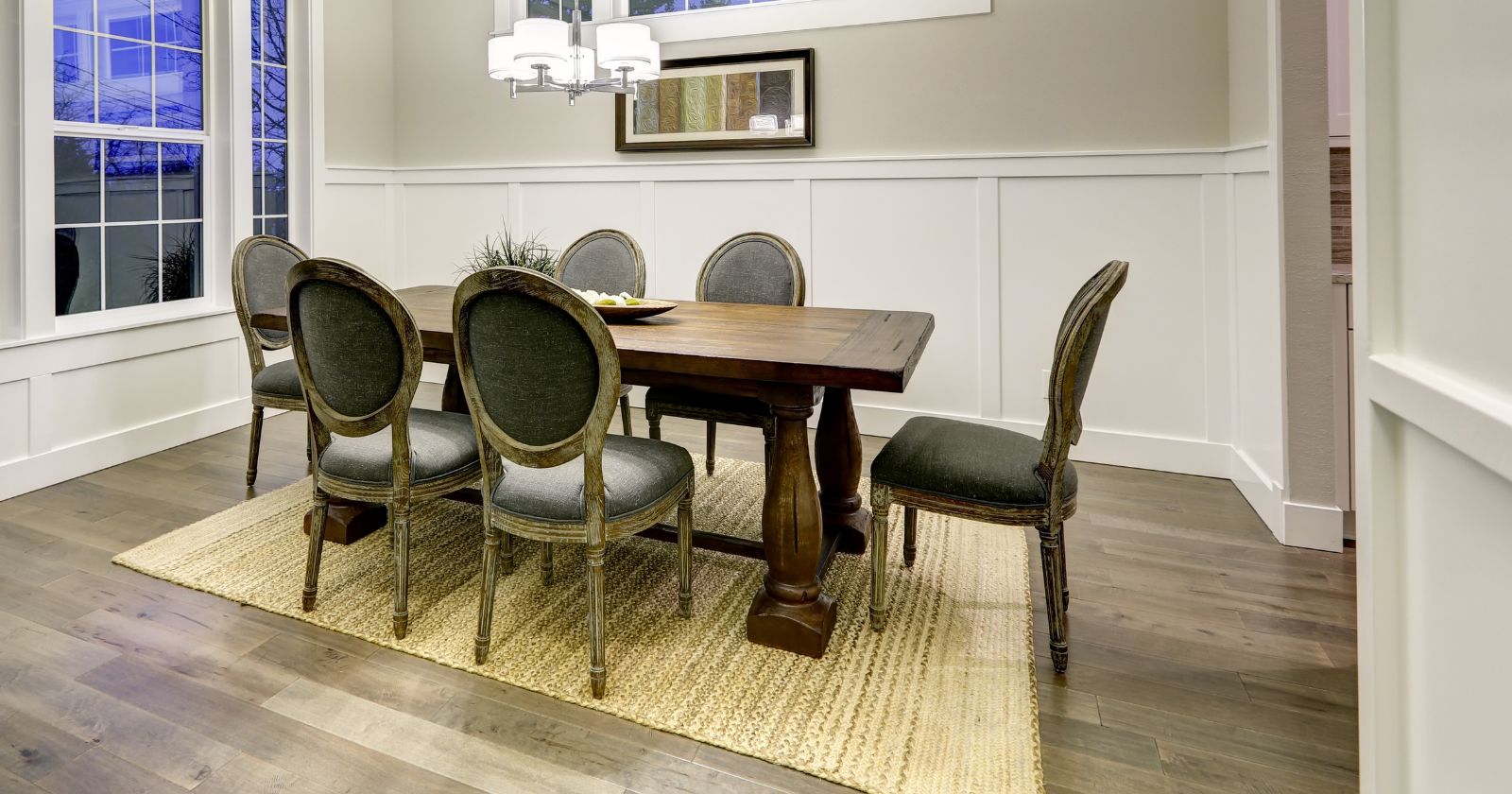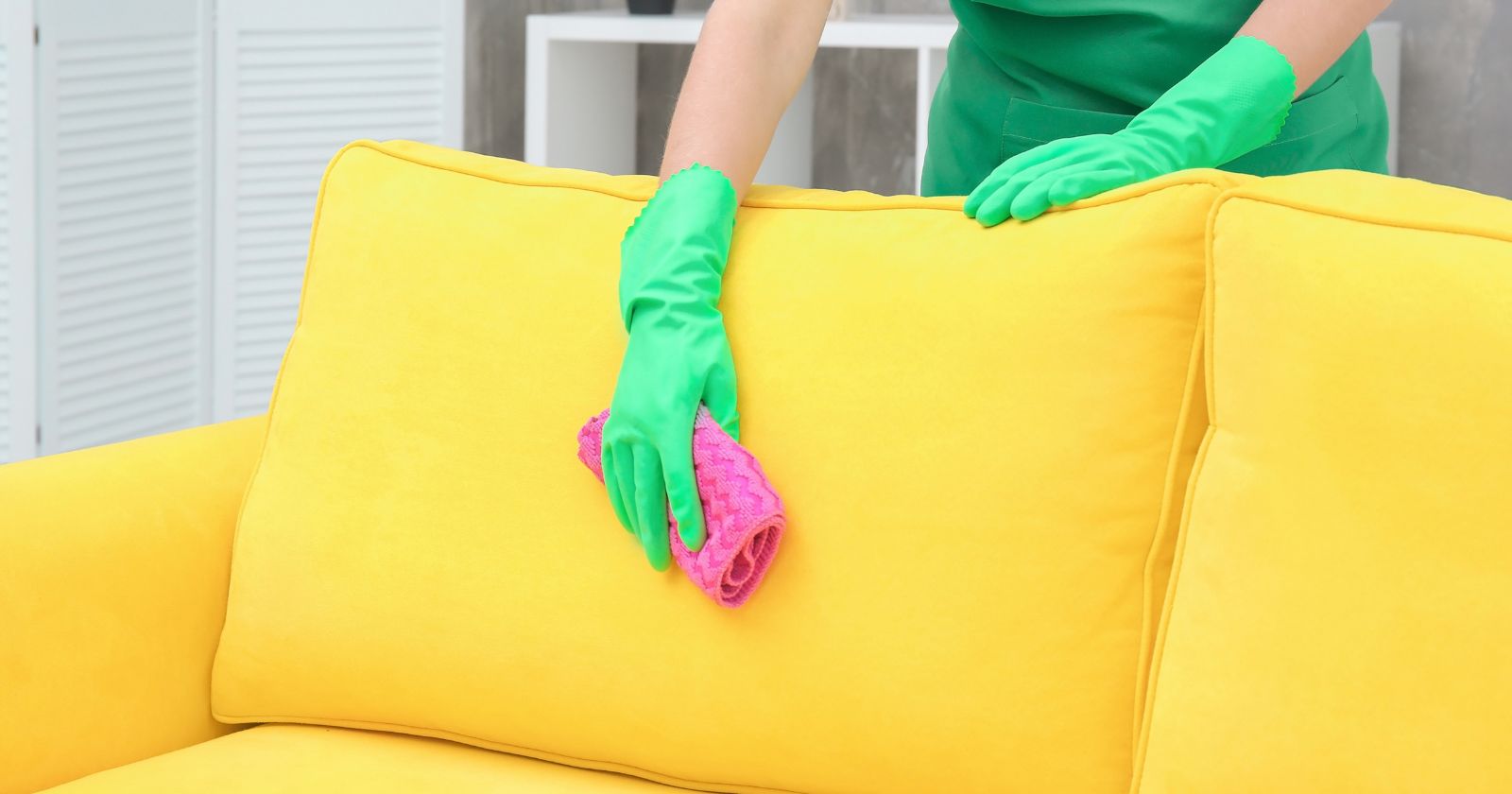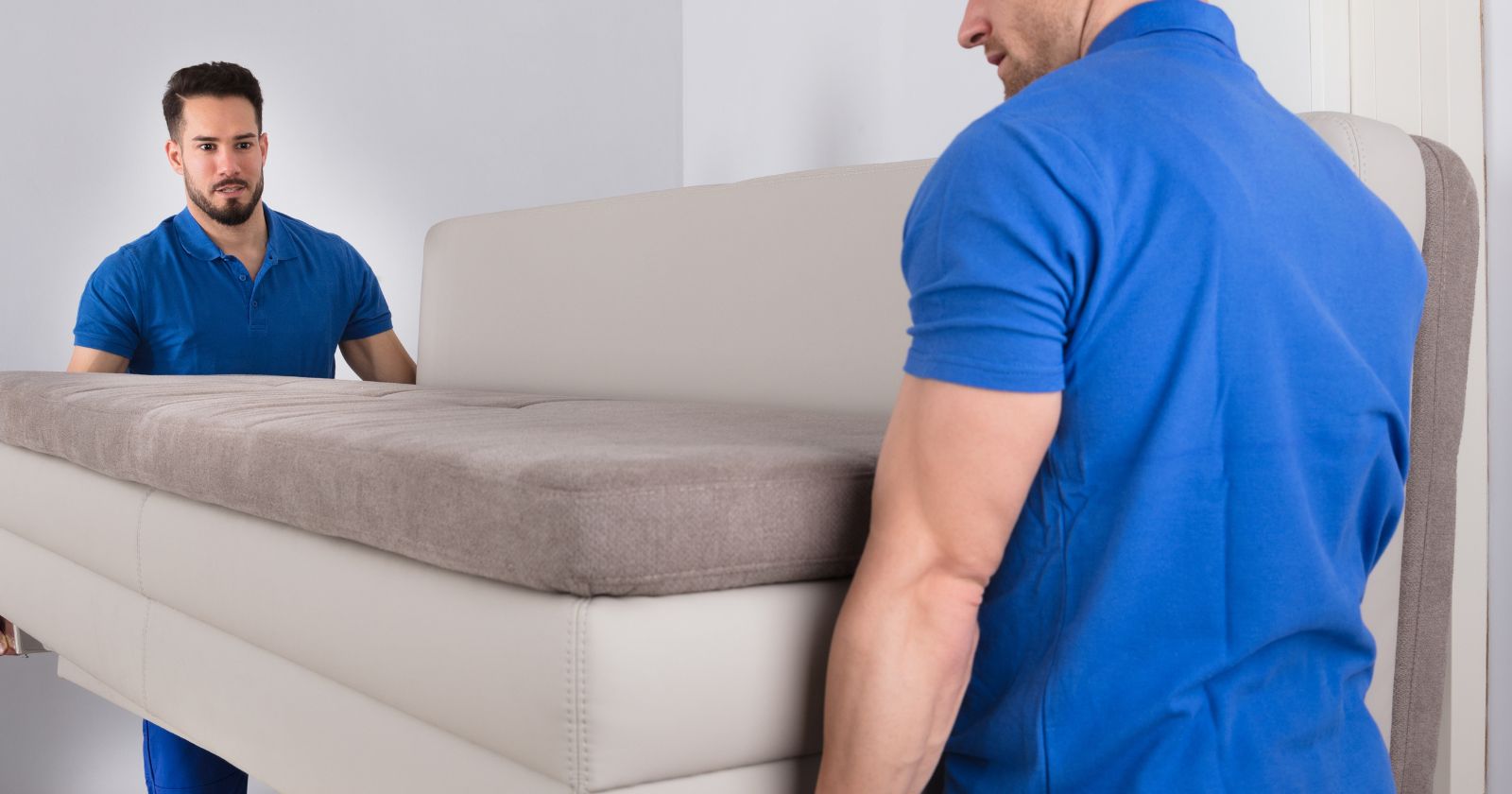We’ve all experienced it – that odor from new wood furniture that won’t go away. Some people react to this worse than others, and symptoms such as dizziness and nausea are not uncommon. If that’s you, what should you do?
The best way to remove that new wood furniture smell is by ventilating the furniture and the room with fresh air. Careful use of substances such as white vinegar, charcoal, and baking soda can also help get rid of the smell. Stay out of the room until the smell has gone.
Let’s take a look in a bit more detail:
Why Does New Wood Furniture Smell?
New wood furniture can smell for a couple of reasons:
Firstly, wood itself has a natural smell to it. Many people like this smell, but some do not and find it overwhelming. However, if you find the smell unpleasant, it is more likely to be due to the chemicals used in the furniture manufacturing process – see below.
Secondly, chemicals are often used in the production of wood furniture. This might be in the form of varnishes or paints used for decoration, glues used to stick pieces together, or it could be from chemicals used during manufacturing.
Some wood furniture, particularly those made from composite woods, are treated with chemicals such as formaldehyde during production to cure them. If the wood furniture is upholstered, the odors could also be from chemicals used to make them stain-resistant or as flame retardants.
On new furniture, these chemicals can be released into the air, creating an unpleasant odor and reducing air quality. This is known as off-gassing.
What is Off-Gassing?
Off-gassing is when gas particles and chemicals trapped in the furniture are released into the air. These are typically VOCs (volatile organic compounds). Short-term exposure to these can cause irritation to the eyes, nose & throat, dizziness, and nausea. These effects can be particularly bad for anyone with asthma, or for the young or elderly.
Many products in the home off-gas, and the EPA reports that VOC concentrations are often up to 10x higher inside a home than they are outside. This includes products such as furnishings, cosmetics, and liquids used for cleaning & disinfecting. Some building materials, office equipment (printers, scanners), and craft materials (glues, pens) also contribute.
Levels can be particularly high in new homes where everything is new and off-gassing at a high rate. Older homes tend to have lower levels.
How Long Does It Take for Wood Furniture to Off-Gas?
It’s likely that with a bit of airing, the new furniture smell will quickly go away, likely within a few days or a week. However, although the odors will be gone, it is likely to continue off-gassing for a couple of years after it has been purchased. The amounts of gas given off will be so small as to be undetectable to your nose, although you might be able to smell it if you put your nose right up to the furniture.
Is New Furniture Smell Dangerous?
Is off-gassing dangerous? Companies say no, but a small minority of consumers do report problems.
VOCs like formaldehyde can cause eye and nasal irritation, increase the risk of asthma or allergies, and – at higher levels – increase the risk of some types of cancer. The level of risk depends upon the amount you are exposed to and how long. Most furniture companies claim that the low levels present in their products do not present a risk to the public.
The US has regulations that stipulate formaldehyde levels (products should be labeled TSCA Title VI or CARB ATCM Phase II compliant), but there are no guidelines for other VOCs in residential or commercial settings.
Without further data, we recommend that you always air new wood furniture and avoid being in the same room as it until the odors have subsided (which indicates gas release has reduced to a lower level). Babies and older folks should be especially careful.
How to Remove Smell From New Furniture
The following 6 methods should help you get rid of odors from your new piece of furniture.
Before You Start: Some of the methods below involve using substances such as vinegar and baking soda (bicarbonate of soda) to help get rid of the smell from your new wood furniture. These should be safe, but we recommend you check the manufacturer’s guidelines before using any substance directly on your wood furniture. Always test a new cleaning method on a small, out-of-sight area first to check it is color-safe.
Total Time Needed: 30 minutes
Things Needed
- Charcoal
- Baking Soda
- White Vinegar
- Air Purifier (optional)
Steps to remove smells from new furniture
Strategy 1: Air Your Furniture and Room
The most effective way to air your furniture is to place it outside. Ideal conditions are when it is sunny with a breeze, as this will air your furniture best. We do not recommend putting your furniture outside in adverse weather conditions – don’t risk ruining it.
If you cannot put your wood furniture outside, increase ventilation inside the room by opening the windows for the day to allow plenty of fresh air in. Continue to do this for a few days if necessary.
Strategy 2: Use Charcoal to Soak Up VOCs
Charcoal has been shown to soak up VOCs to improve your indoor air quality. Place some in a bowl in or on your wood furniture and leave it to help eliminate odors. Note: the charcoal requires air to be able to come in contact with the charcoal, so there’s no use leaving it in a completely sealed bag. Coffee grounds are said to have a similar effect.
Strategy 3: Deodorize with Baking Soda
Baking soda (bicarbonate of soda) can also be used to soak up VOCs. This works because most VOCs are acids, and the baking soda is alkaline. When they come into contact, the baking soda reacts with and binds the VOCs.
Strategy 4: Deodorize with White Vinegar and Water
Wipe down your furniture with a mix of white vinegar and water (equal parts) followed by a dry cloth to pick up moisture. You can use a spray bottle if you want to use it on fabric or furnishings. Of course, this may just replace the wood smell with a vinegar smell – but at least its healthier.
Strategy 5: Use an Air Purifier
Some air purifiers can remove VOCs from the air. Look for an air purifier that has a VOC absorber such as zeolite pellets or activated carbon filters.
Strategy 6: Mask the Smell
If you don’t like the new wood smell but don’t feel it is affecting your health, you could attempt to mask it with a diffuser filled with essential oils. We recommend trying to solve the source of the odor first though
Avoid New Furniture Smell By Buying From Sustainable & Non-Toxic Brands
The best solution is prevention: if you purchase sustainably-made furniture which uses fewer chemicals, you will experience less nasty smells (and a lower health risk). Check out our sustainable furniture guide here for more information and for a list of sustainable brands.

